Projections of man-made environmental destruction meet the models' bodies: an oil tank at an oil processing plant in Canada, residues of washed hard coal and the resulting fine sludge, dried-out soil. Images of destruction are arranged into abstract, paradoxically beautiful patterns, as if they were unusual textile designs. It is a fashion editorial without clothes between the brutality of environmental exploitation and the beauty of omission, posing the question:
Do we primarily have to wear less in the future?
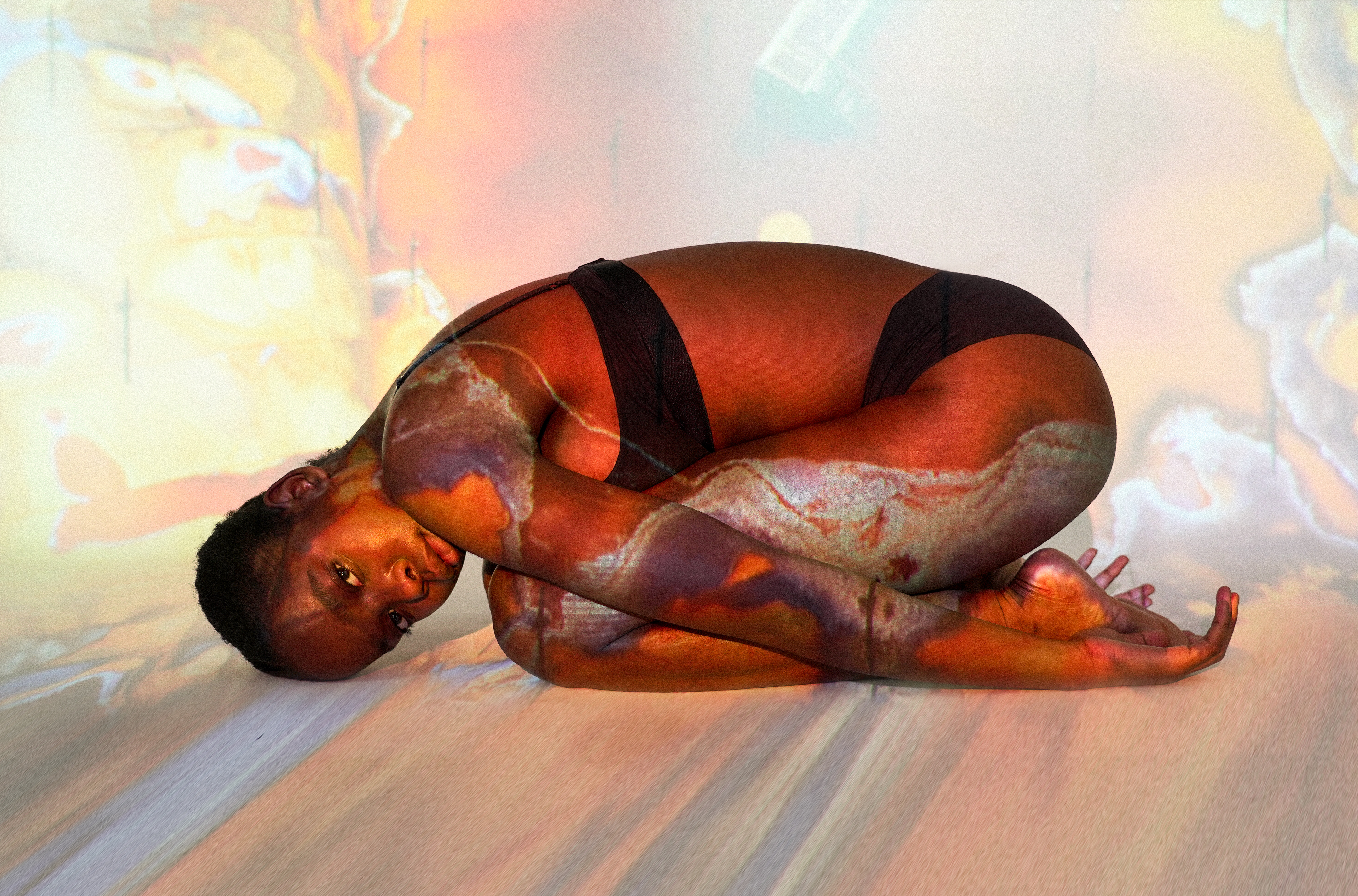
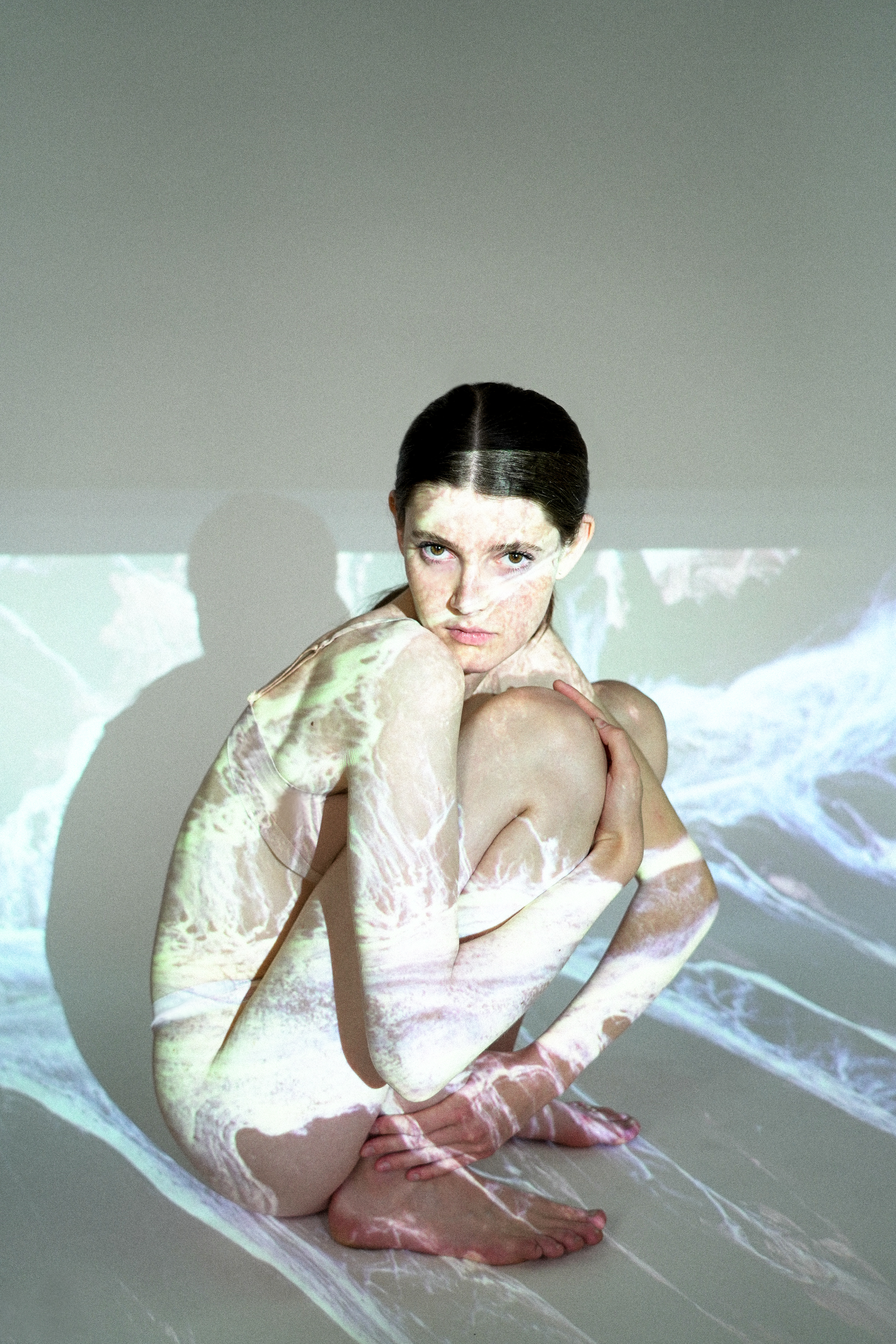
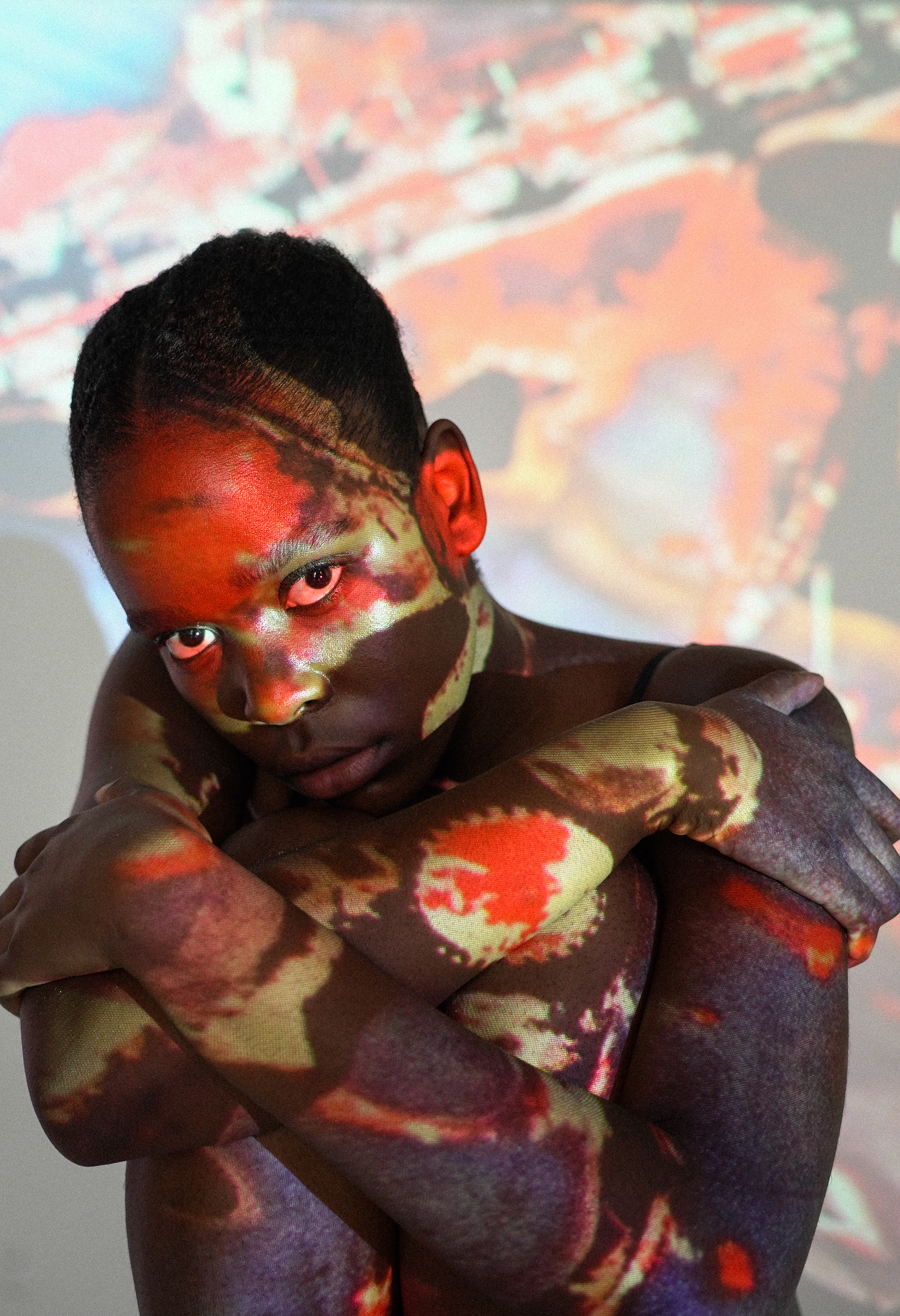
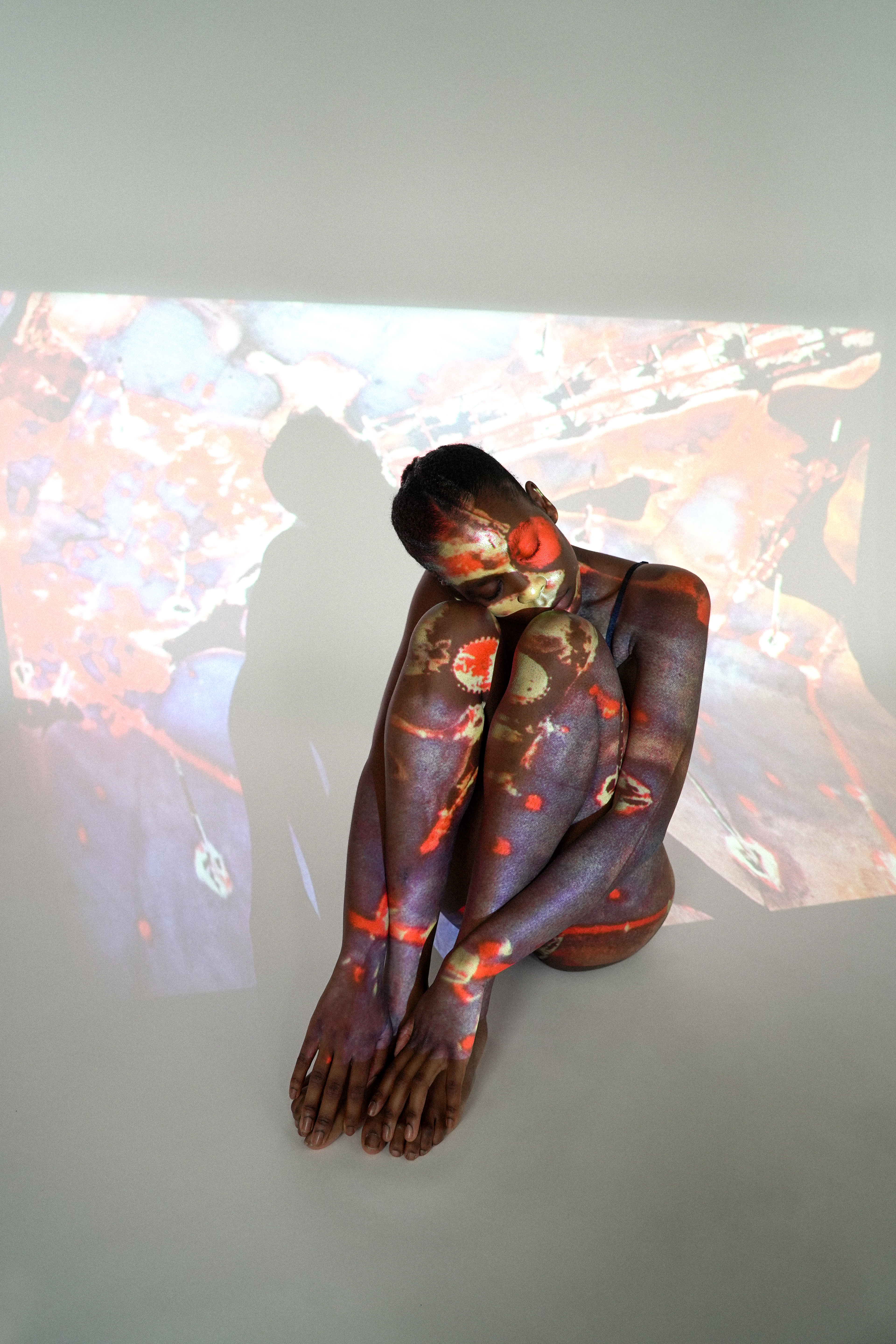
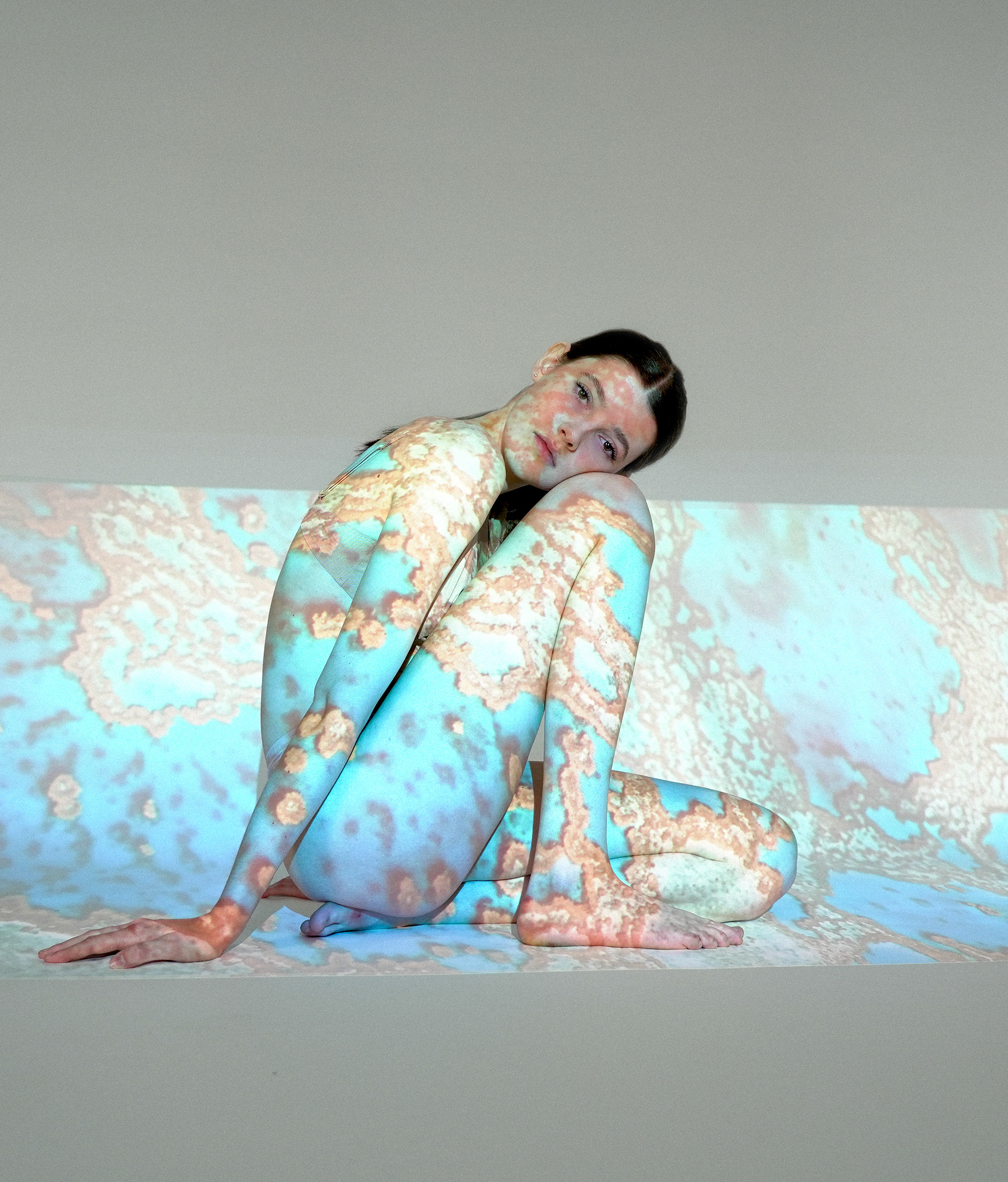
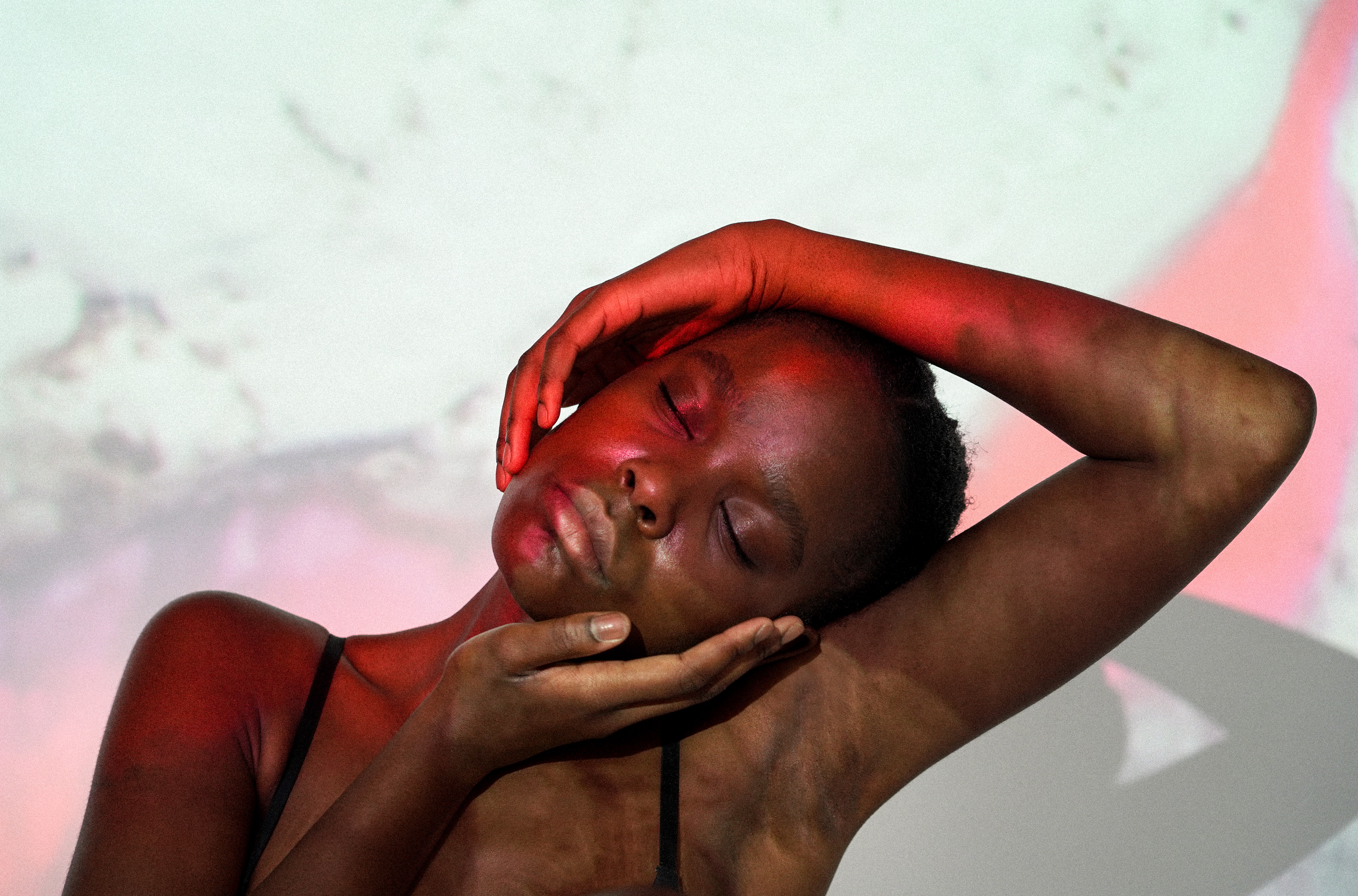
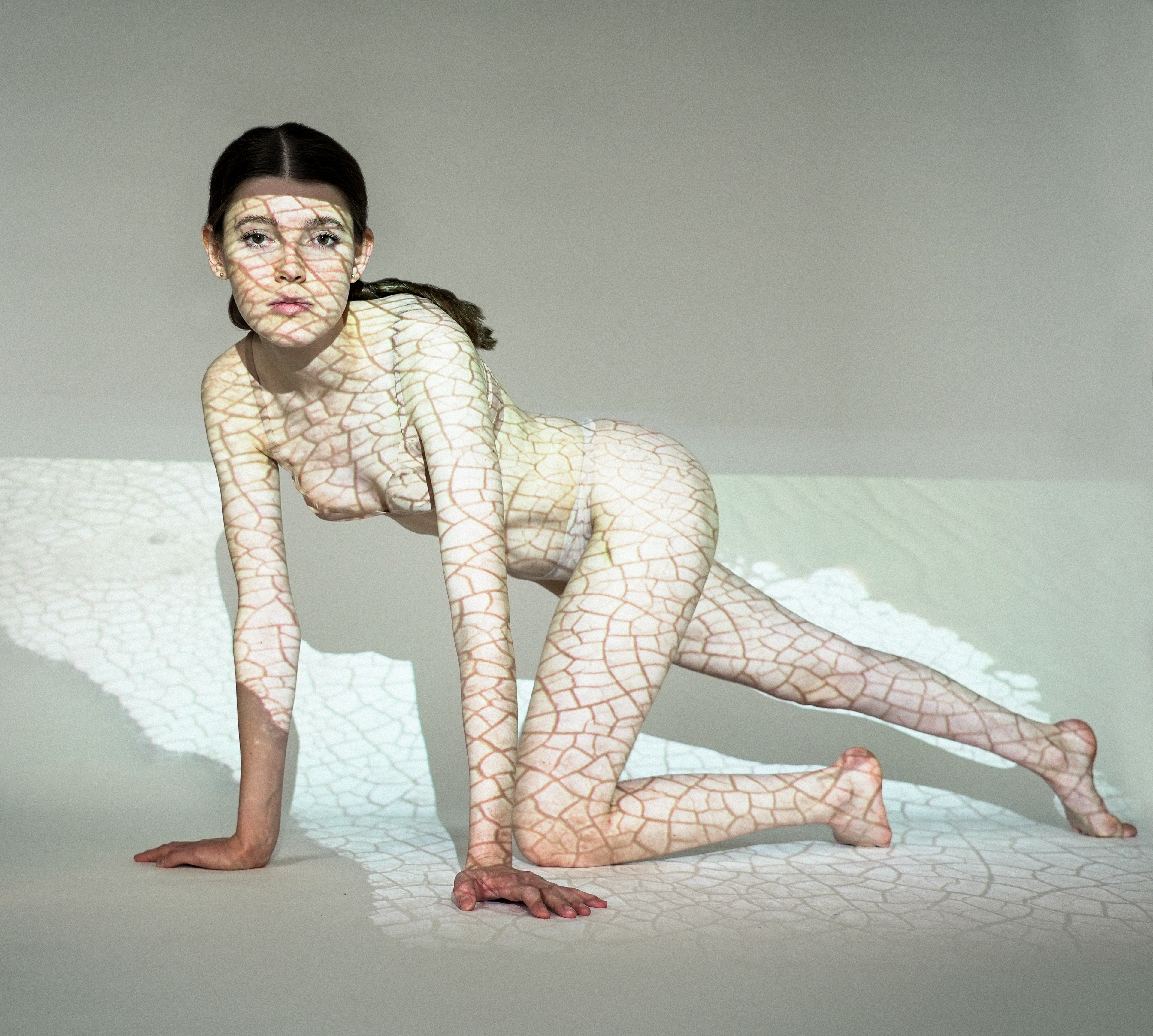

Concept and Art Direction
Vreni Jäckle and Leonor von Salisch
Vreni Jäckle and Leonor von Salisch
Photography
Leonor von Salisch (xoberlin)
Leonor von Salisch (xoberlin)
Text
Vreni Jäckle (Fashion Changers)
Vreni Jäckle (Fashion Changers)
Models
Deborah und Paula V, M4 Models
Deborah und Paula V, M4 Models
„Dresses“
from the books "Mother Earth, the Beauty of our Earth"
by Marsel Oosten and "Human Planet – How humans shape the earth"
from the books "Mother Earth, the Beauty of our Earth"
by Marsel Oosten and "Human Planet – How humans shape the earth"
Between confrontation and hope: fashion in the future
The idea of an environmentally friendly, socially responsible fashion industry is a popular image of hope. Fashion brands that want to "save the world," "do something good for the planet," or "give something back" are now everywhere. These are slogans that inspire hope – is a better fashion industry close, will we soon have made it and turned the economy green? Aren't we potentially already heading towards a future that is better for everyone and we don't even have to sacrifice, just buy the new (often additional) fashion collections made from sustainable materials?
Wanting to "solve" the climate crisis through more (fashion) consumption is not only contradictory, but also appeals to a wishful thinking in us that can leave us unable to act. If the solution is apparently available for purchase and provides a sense of satisfaction in having done something good – contributing to a collective hope even – why exhaust ourselves with further action?
The motto "Hope dies, action begins" of the climate activists of Extinction Rebellion suggests a similar idea: If you hold on to hope too tightly, you won't get to action. So, away from illusory thoughts and toward ruthless confrontation? Of course, a ruthless look at reality can be mobilizing.
"I don't want you to be hopeful, I want you to panic!" is a much-quoted and criticized phrase by the world-famous climate activist Greta Thunberg, who seems to be shouting to the public since 2019: Stop fooling yourselves, it will be too late soon! Unsurprisingly, she was criticized for her loud activism by political conservatives who want to maintain the status quo, which is profitable for their own pockets. But a few voices were also raised here and there from climate activists, asking: if hope is gone, is it still a long way to lethargic despair?
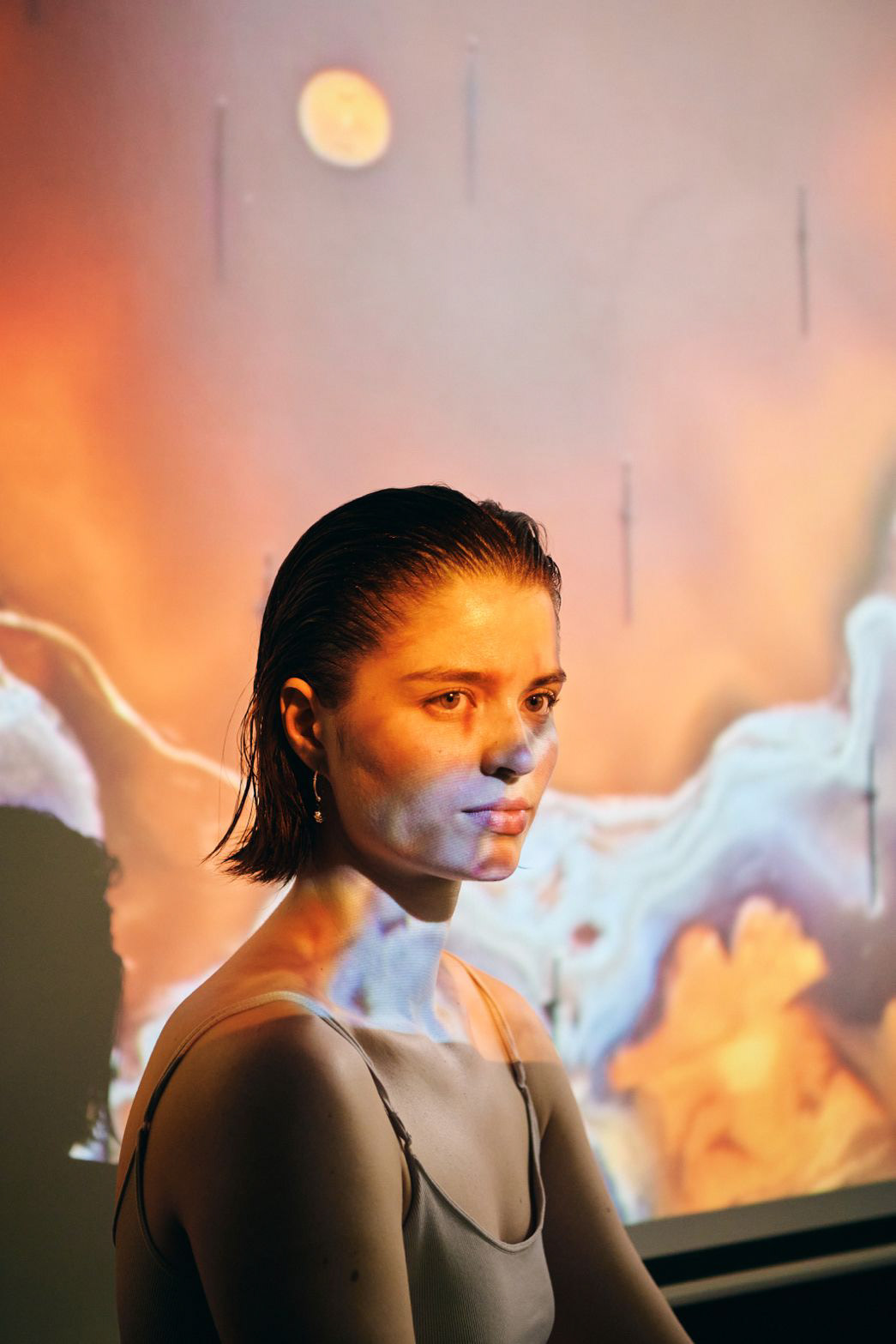
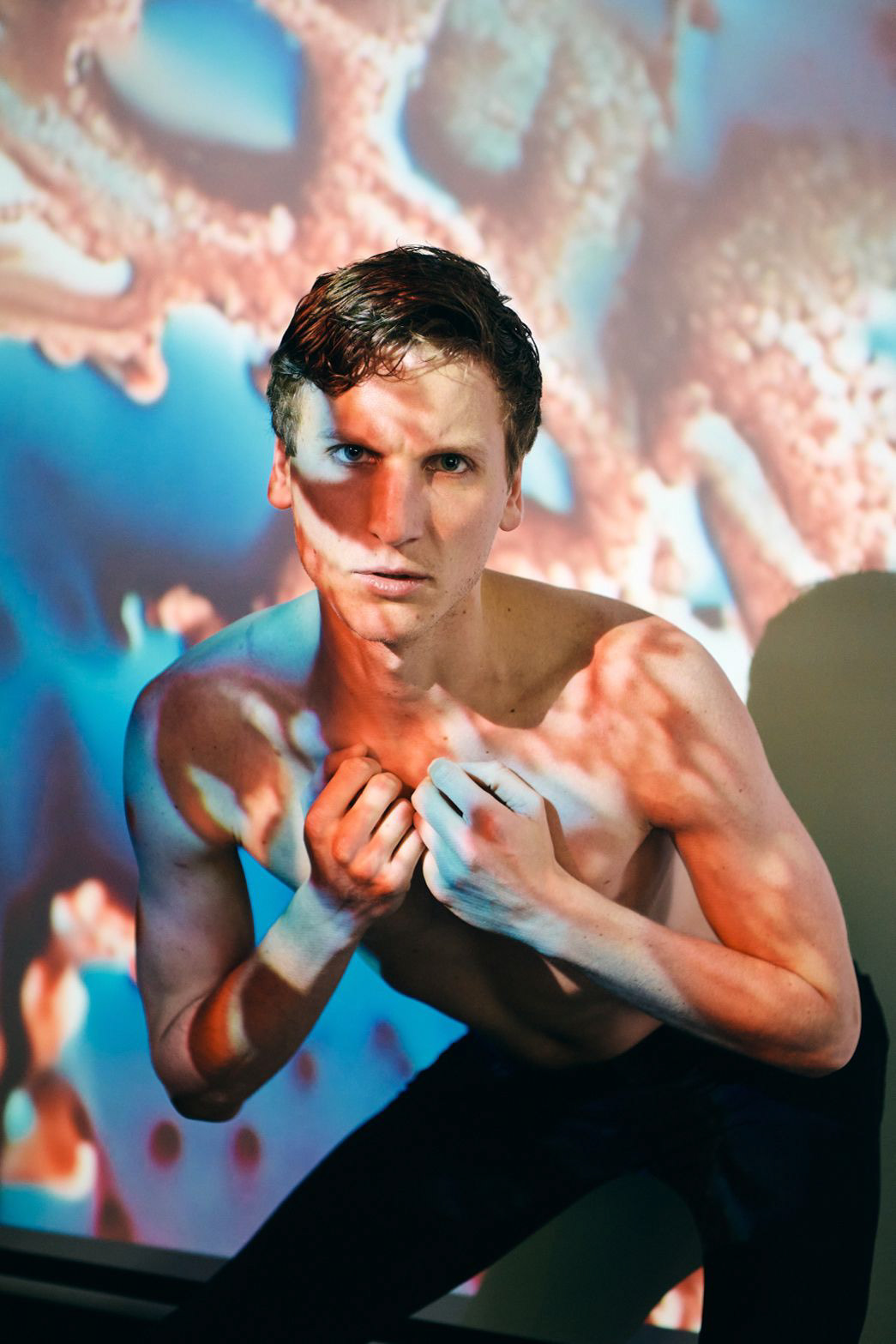

interactive exhibition of the project, Platte Berlin, 2024, photos: Ben Moenks
Hope, illusion, wishful thinking
Drought, heat, floods. The fact that dealing with the climate crisis can also lead to severe exhaustion or anxiety became clear at the latest when groups like "Psychologists for Future" were founded to help climate activists with the mental challenges that come with their activism. By the end of 2019, it was hard to imagine social media without the term "climate anxiety," with people using #ecoanxiety to share the fears they were facing and how they were coping. The problem with fear is that it can paralyze us. So instead of taking action, the fear, maybe even panic and despair, rises and little happens except dealing with those very feelings. Despair is draining and rarely motivates you to take action. So back to wishful thinking?
What we need is a "more honest hope," says Paul Kingsnorth, who spent years as a writer and campaigner on the effects of the climate crisis, only to become disillusioned after all that work: Climate change cannot just be "stopped", economic growth is part of the problem, and the future will not be bright, comfortable, and sustainable for over 7 billion people. Rather than despairing, this realization gave him a new hope – a more honest hope – that led him to work for realistic change rather than planning campaigns that rarely made a difference. Author Rebecca Solnit also speaks of "authentic hope“. This requires clarity in seeing the world's problems. Only then is it possible to imagine new realities.
So perhaps the answer to the question of what we need for the future of fashion is a kind of balance between hope and confrontation, in which we see the problems of the ever-increasing overproduction of fashion clearly and do not try to find a quick fix in green mass consumption. Perhaps the future of fashion is to look radically at its impact on people and the environment in order to imagine an industry that currently seems impossible.
REFLECT pollution
CONFRONT fashion
ACT now
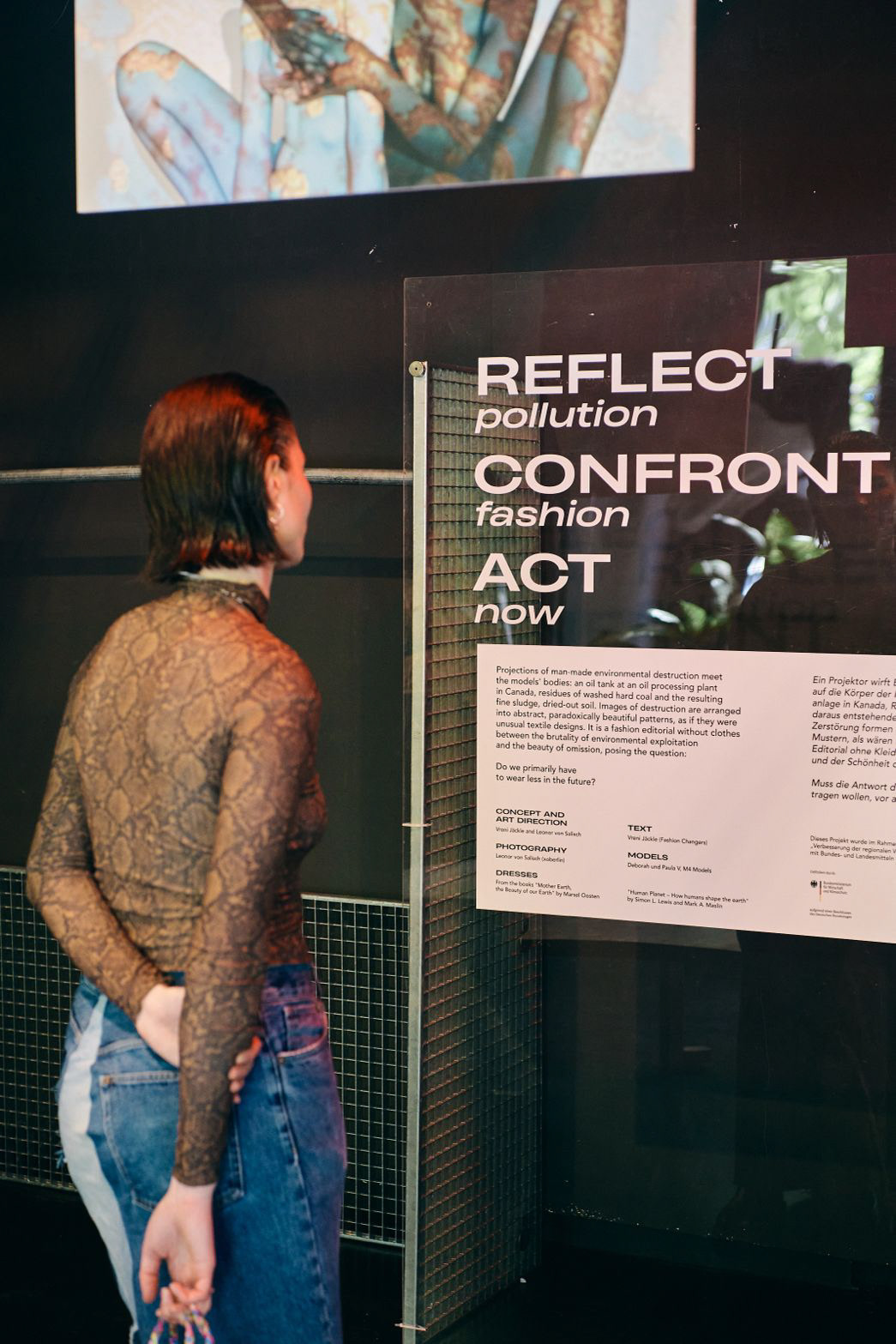

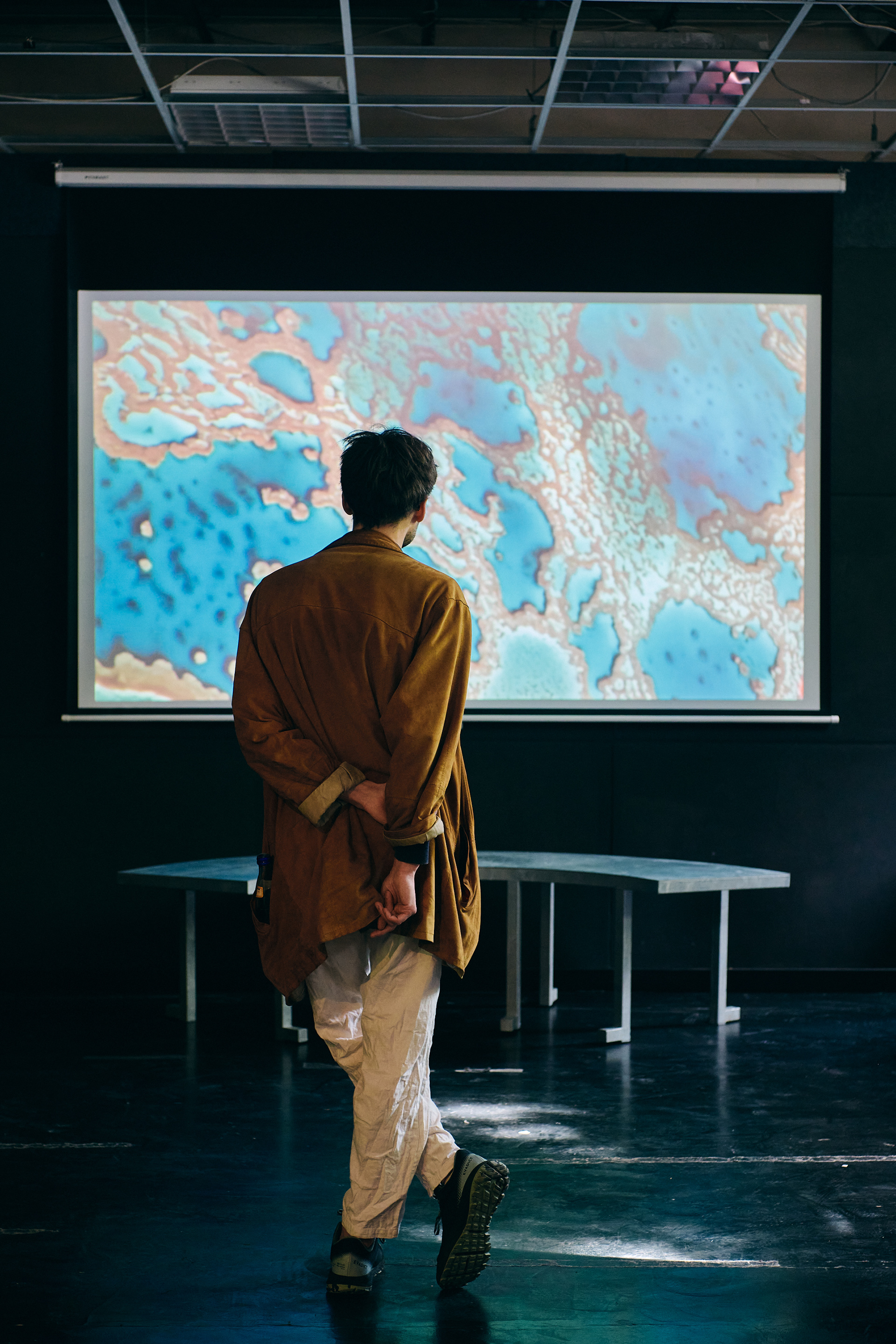

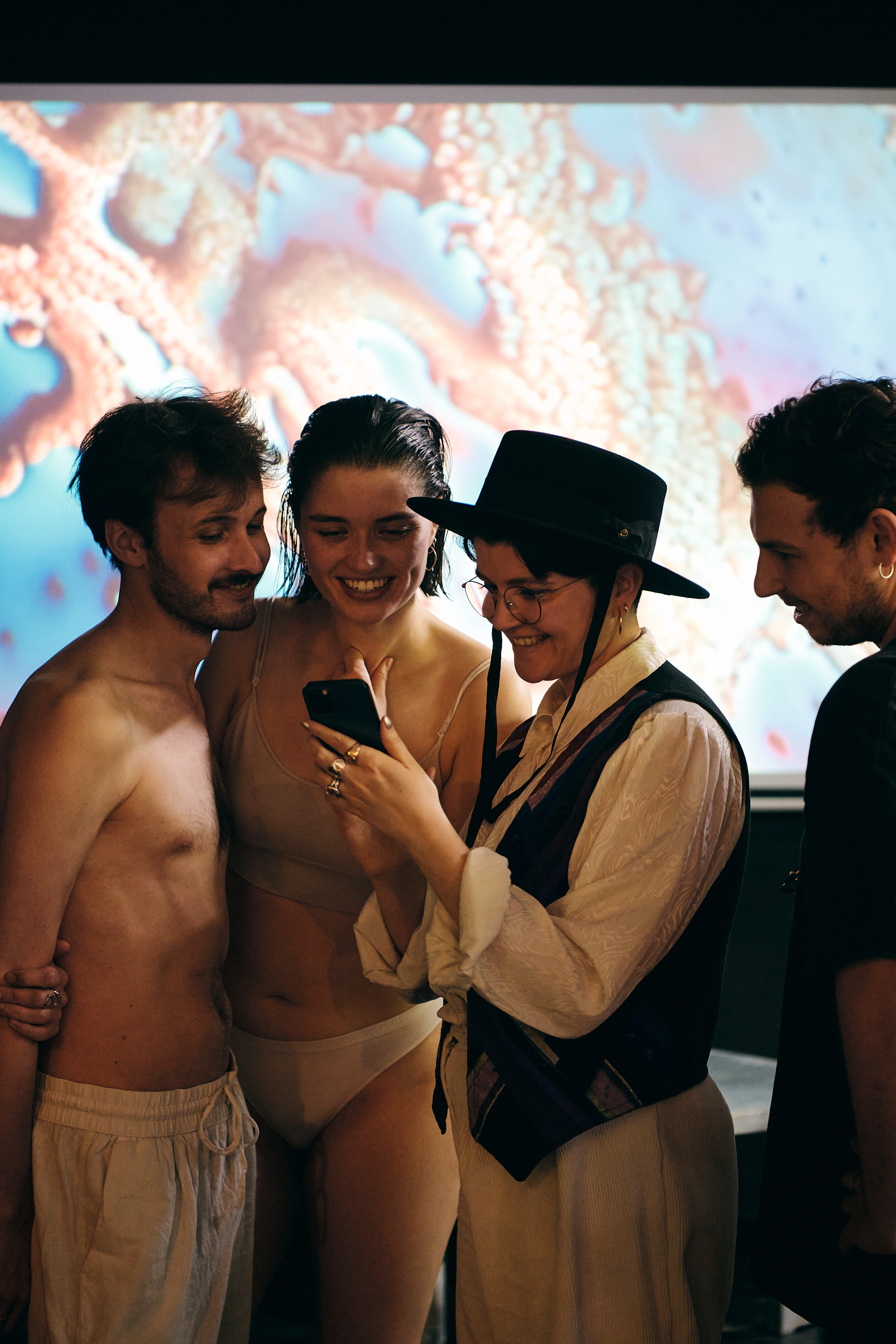
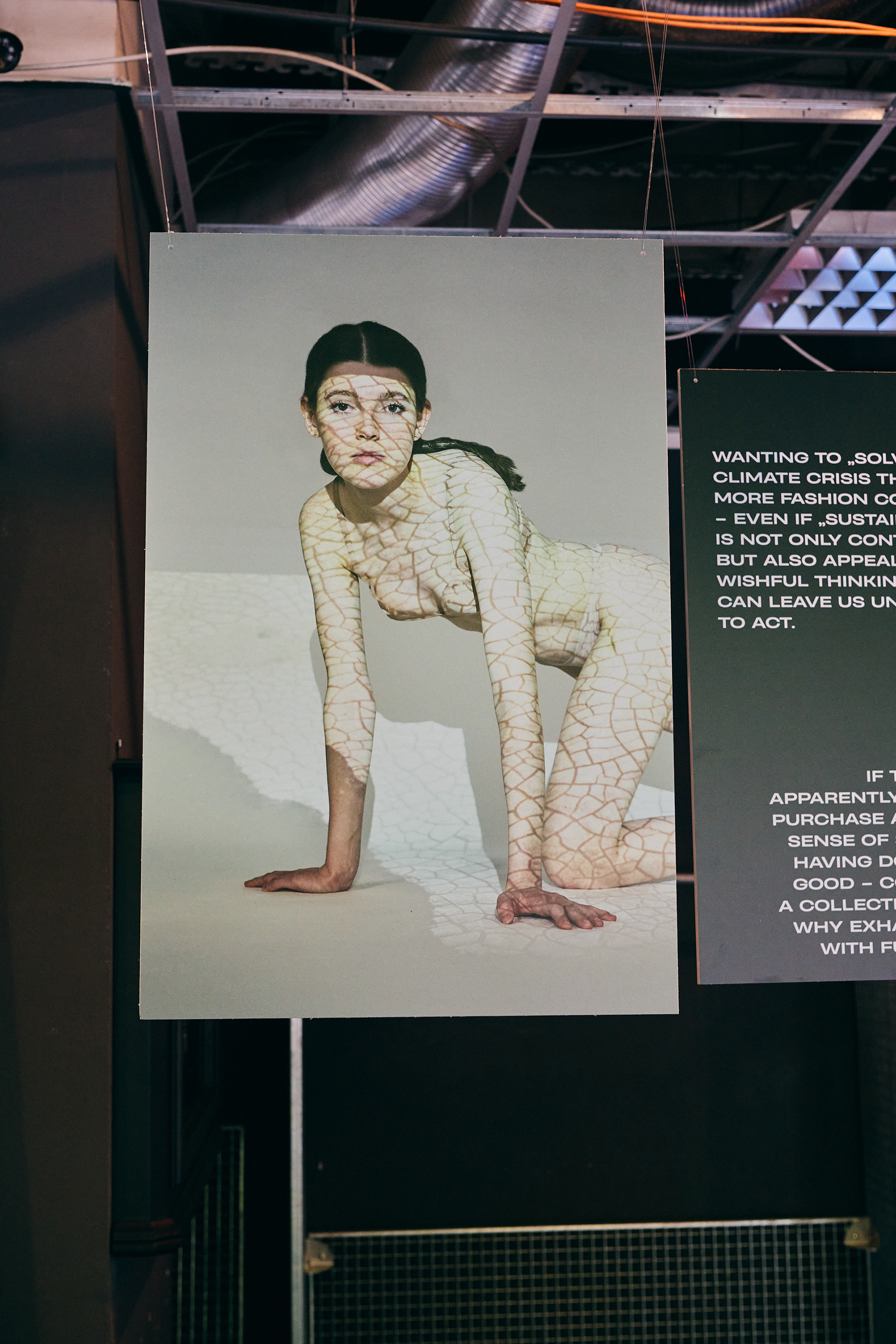
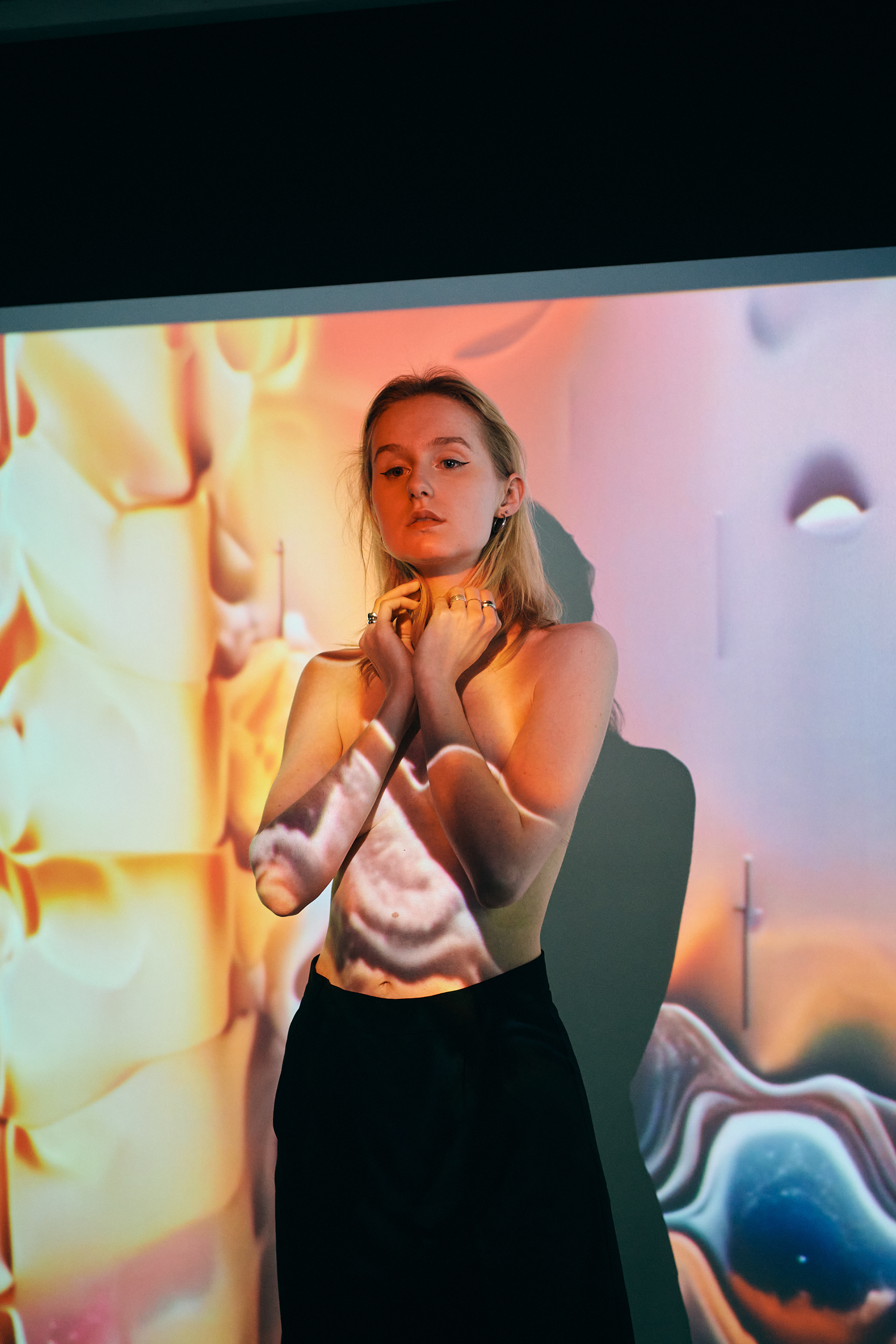
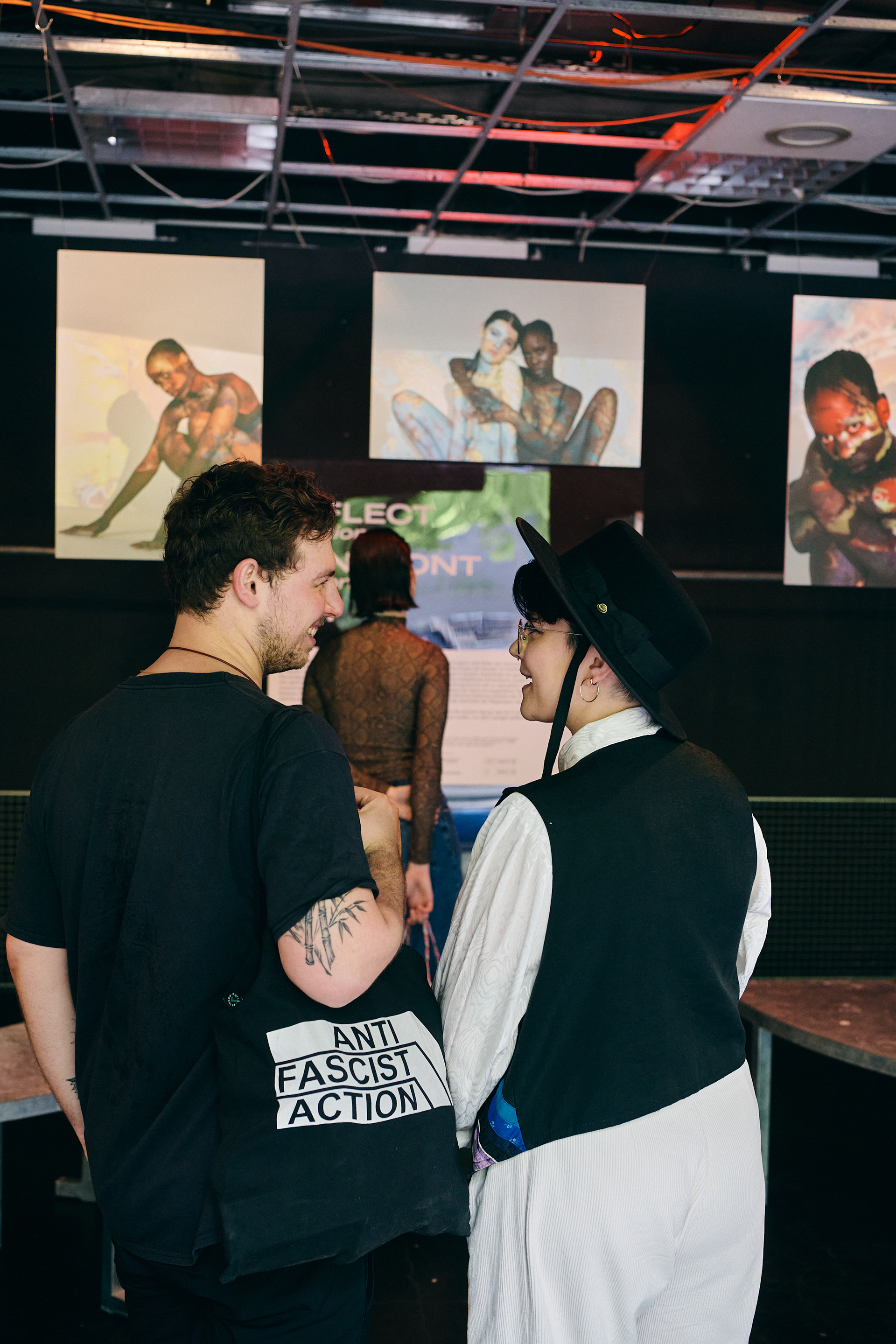
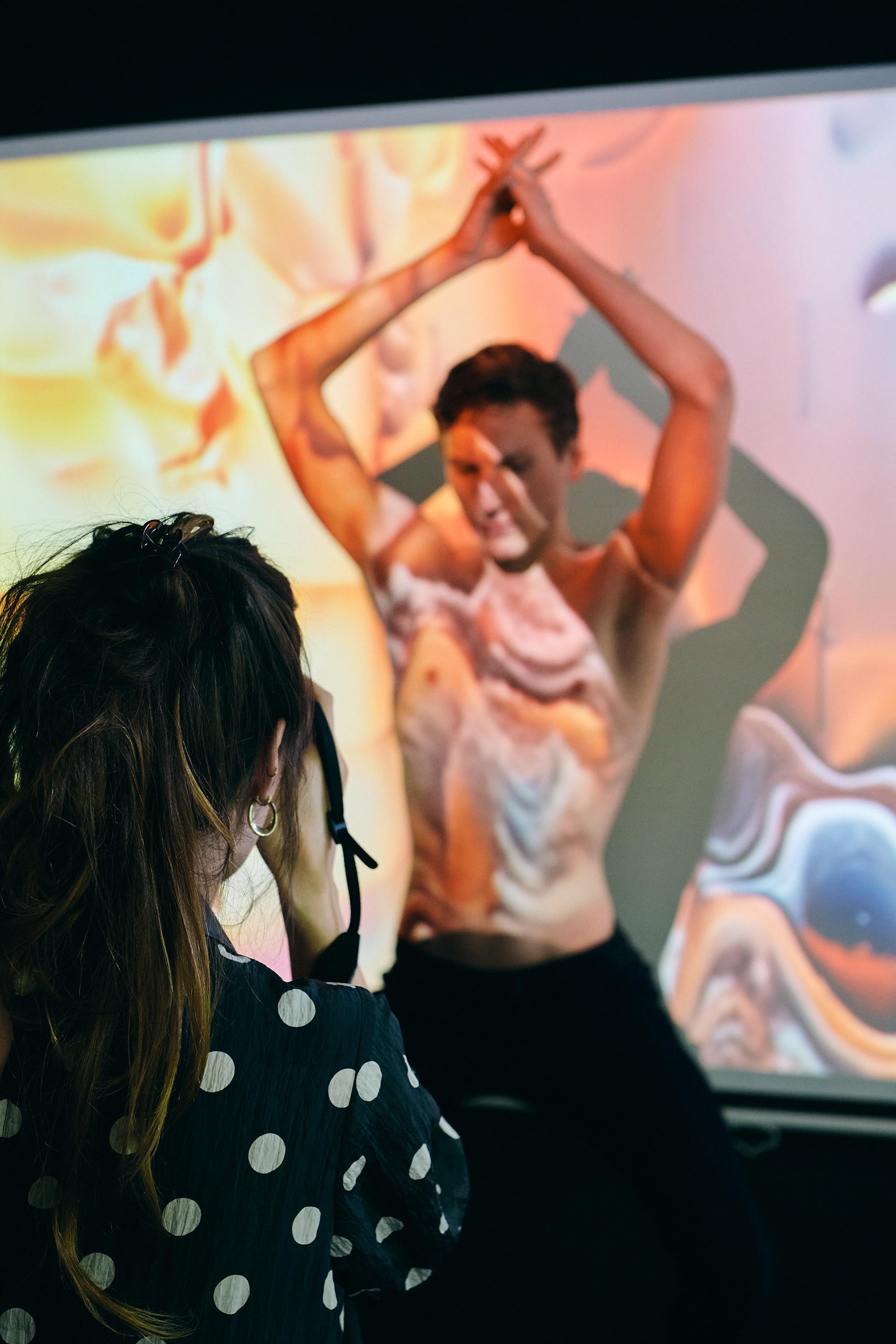
The exhibition REFLECT pollution. CONFRONT fashion. ACT now. in collaboration with the photographer Leonor von Salisch was shown in 2024 at Platte Berlin.
At the vernissage, visitors were able to become part of the project and dress themselves in images of environmental devastation, from parched soil to petroleum from a Canadian oil processing plant. For that purpose the images were processed with the help of artificial intelligence, opening further questions on resource utilization and the believe in quick technological fixes.
How does it feel to wear this environmental destruction on your skin? Intense moments were created in the middle of the PLATTE Berlin concept store.
Exhibition photos: Ben Moenks